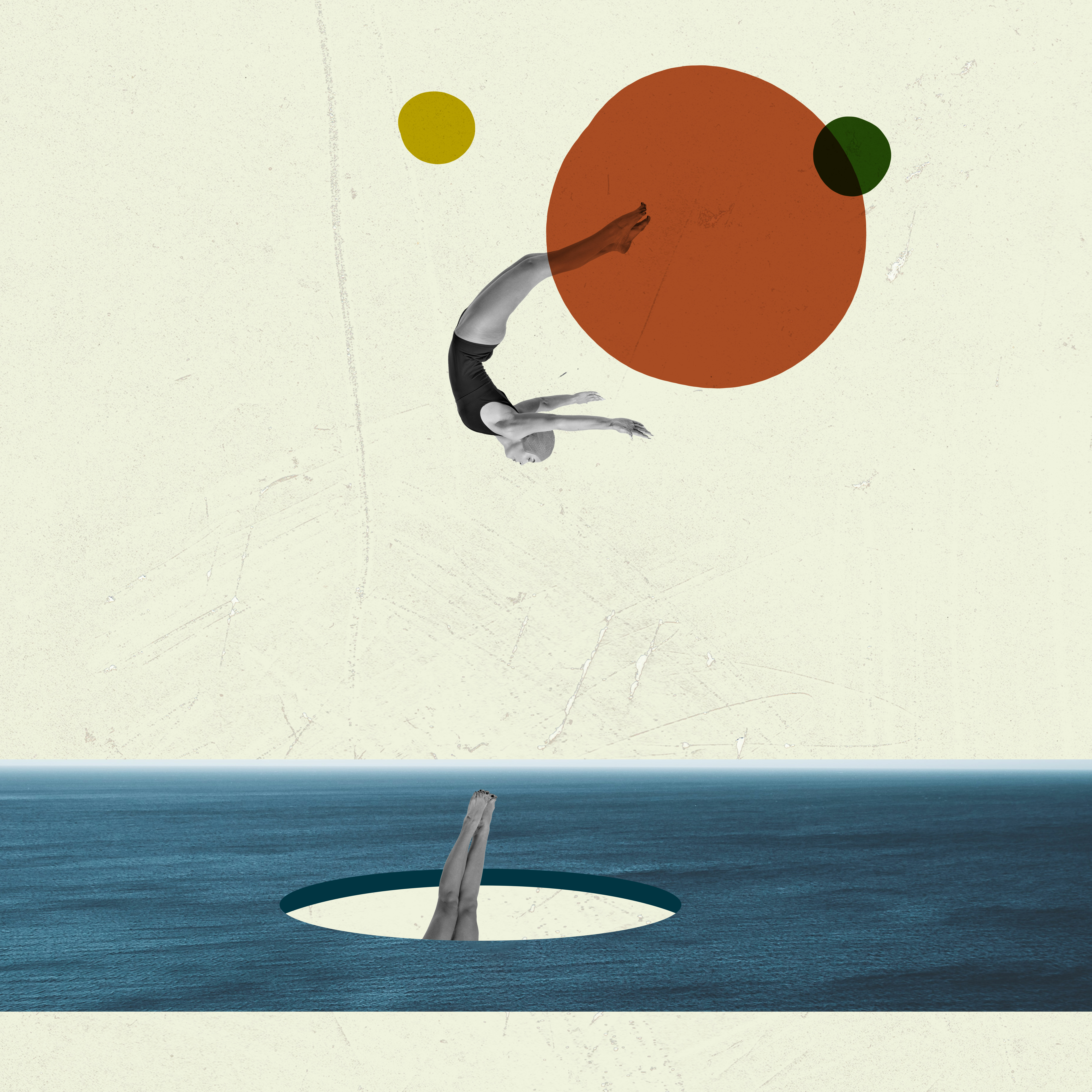As a creative director at a branding agency, you’re responsible for managing a team of talented designers, writers, and strategists to create impactful and memorable branding campaigns for your clients. However, not all clients are a pleasure to work with. In fact, some can be downright difficult and make the project more stressful than it needs to be. In this article, we’ll explore some strategies for handling bad clients, and how to turn a challenging situation into a learning opportunity for your team.
The first step in handling a bad client is to set clear boundaries. When you start a project with a new client, it’s important to establish expectations around communication, deadlines, and what you are responsible for. Be upfront about what you need from the client to complete the project successfully, and what they can expect from you. This will help prevent misunderstandings and ensure that everyone is on the same page from the start.
Another aspect of setting boundaries is being clear about what you’re not responsible for. This might include things like managing their internal team or handling certain aspects of the project that fall outside the scope of your agency’s expertise. By setting these boundaries early on, you can avoid miscommunication and ensure that everyone is aware of their responsibilities.
It’s also important to be patient when dealing with a difficult client. They may be under a lot of pressure or stress, which can cause them to behave in ways that are frustrating or unproductive. By approaching the situation with empathy and understanding, you can help to diffuse the tension and make the client more receptive to your ideas and suggestions.
When working with a difficult client, it’s important to keep the lines of communication open. Be transparent about your progress and any challenges you might be facing. Don’t be afraid to ask questions or seek clarification if you’re not sure what the client wants. And if the client is not responding to your messages or seems uninterested in the project, try to find out what’s causing the disconnect. By keeping the lines of communication open, you can ensure that everyone is on the same page and avoid misunderstandings.
Another important aspect of dealing with a bad client is to be solution-focused. Rather than getting bogged down in the problem, try to focus on finding solutions. Brainstorm with your team and come up with creative ways to address the client’s concerns. If the client is fixated on a certain idea, try to find a compromise that satisfies their needs while still allowing your team to do their best work. And if all else fails, be prepared to walk away from the project. While this can be a difficult decision, it’s sometimes the best course of action for both parties.
One way to make dealing with bad clients easier is to establish a clear process for handling difficult situations. This might include identifying warning signs that a client is becoming difficult to work with, and developing a plan for addressing those issues before they become unmanageable. It might also involve training your team on how to deal with difficult clients, and providing them with the support and resources they need to succeed.
Finally, it’s important to remember that every client is an opportunity to learn and grow. Even if a project doesn’t go as smoothly as you would like, you can still take away valuable lessons that will help you and your team improve in the future. Make sure to debrief with your team after a challenging project, and identify areas where you can improve your processes or communication to avoid similar situations in the future.
In conclusion, dealing with a bad client is never easy, but it’s an inevitable part of the job for creative directors at branding agencies. By setting clear boundaries, being patient, keeping the lines of communication open, and staying solution-focused, you can make the experience less painful and even turn it into a learning opportunity for your team. With the right strategies and mindset, you can turn a difficult client into a successful partnership that benefits everyone involved. Remember to stay calm, communicate clearly, and focus on finding solutions, and you’ll be well on your way to handling bad clients like a pro.
Sarah Wilkinson
CEO/Creative Director
Follow Along on Our Social Media




